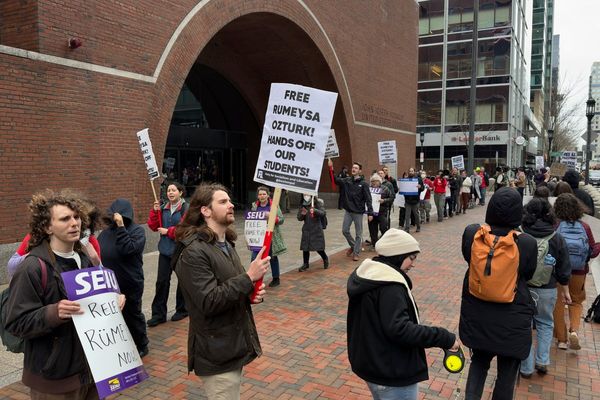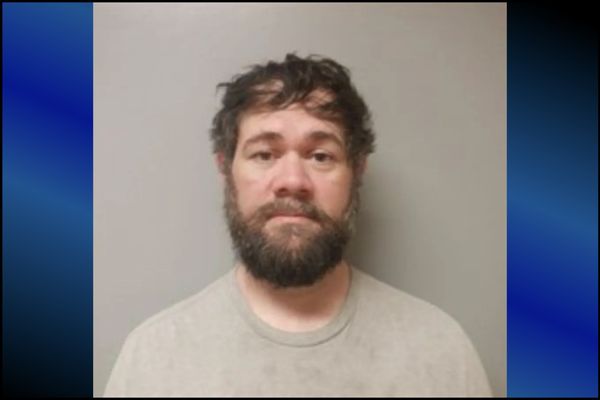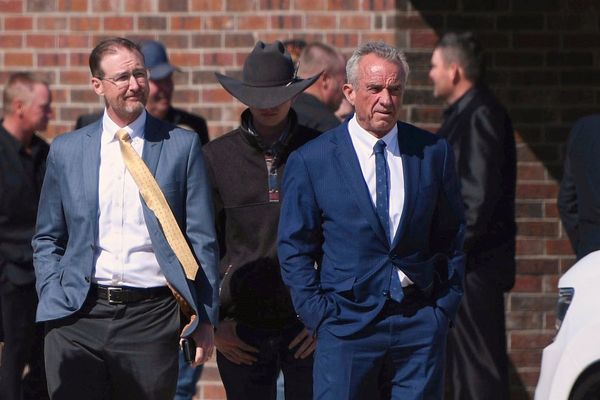
A screenshot from grainy security camera footage, a police file number and an emotional plea for 'any information' – social media pages dedicated to reporting and, in some cases, fighting crime are growing their online followings by the day
Numbers of people joining online community groups are swelling, with a particular focus on crime and neighbourhood watch-type reporting.
The Hutt Valley security noticeboard is a place for victims of crime to vent and complain, but uniquely it’s also a place where they might actually get some answers. READ MORE: * Rinse, ram raid and repeat – politicians lack courage of their criminal convictions * Small retailers ditch insurance over rising costs
Jonathon Gilbert started the page five years ago after he was robbed and police couldn’t help.
“They had no footage, there was nothing to track. So it ended up being my responsibility to go and talk to businesses, to search the entire area for anybody that might have had information and then to compile that together to create something that the police could at least lodge.”
Some businesses shared their security footage with him but others didn’t. By the time some had responded the cameras had already overridden the event with fresh tape.
The person who stole from Gilbert was never arrested or charged, but while his experience was one of the first on the page, it started a community of others in the same boat.
“It just provided a forum for other people to, at the very least on an emotional level, be able to discuss their concerns and just let them vent a little bit really," he said.
“And if possible, where people do have cameras, be able to support each other ... just reducing down that search criteria is really the main goal.
“Because that's why we miss out on being able to charge people because the evidence doesn't support it ... without that evidence, police's hands are tied."
About six years ago in Hamilton, Wendy Cooper had noticed a lot of car break-ins and decided to start a page.
“I just happened to decide that all these car break-ins ... if we could get all the crime on to one group, we might be able to see a pattern.”
The Hamilton Districts Crime Information & Support Group now has more than 22,000 members, with posts still reporting car break-ins but also more violent crimes like burglaries and ram-raids.
“It’s about making sure that you know, if you had a car broken into in your street, then everyone else sees that and they became more vigilant and that's been quite powerful in that way."
The page is less about solving crimes, and more about supporting victims.
Two weeks ago, retailer Ash Parmar’s store was ram-raided again.
Members of the group pitched in for pizzas and took them down to help with the clean-up.
“It’s just to give them that support and say that the community cares and we actually care about what's happened to them. You know, we are noticing what's happening and we want to support you.”
The group was behind the crowd-funding effort that raised over $16,000 for the Cambridge woman who drove her car into one being used by ram-raiders earlier this year.
Another admin for the page, Heyden Alderson, said they had supported other victims by paying some of their insurance excess.
“It's something that we've noticed there's a gap. Because if [police] find the offenders, they get all the wraparound and legal support and services that they need but the victims themselves get left to clean up all the mess.”
He said people wanted to donate as a way to pay it forward and show support for fellow victims of crime.
Putting a figure on how many of these groups exist is difficult. Under the Neighbourhood Support umbrella, a initiative alongside police, there are 17,000 groups.
Neighbourhood Support chief executive Louise Grevel said these were made up of about 200,000 households with numbers growing year on year.
She said people joined the groups for a range of reasons, not just to keep on top of local crime.
“Social connection, combatting loneliness, to undertake neighbourhood beautification projects, emergency preparedness, resource and knowledge sharing, improved safety, or a combination of all of these things.
“Reasons often vary... The one reason that remains the same is that all people join because they want a greater sense of connection with their neighbours.”
She said the recent weather events had seen more people look to online community groups as a way to look out for others and feel more prepared in case of emergency.
For Gilbert in the Hutt Valley, he wants to see the local council do more to bridge the gap between the work that happens on online community pages and the police – and this means installing more cameras with easier-to-access footage.







